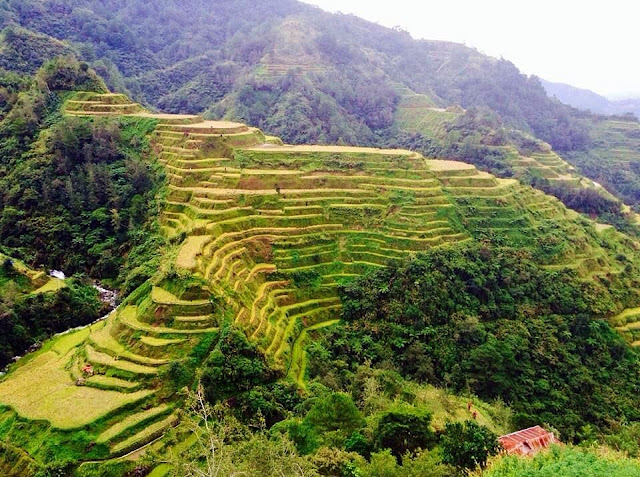Point Reyes National Seashore: Walking the Trail Politics
Perhaps, I let nostalgic longing cloud my thinking for going ahead with my plan despite the NPS closure, for I remember having my first grown-up outing with my first boyfriend at Point Reyes National Seashore years ago. My boyfriend’s mom packed us a picnic basket with nice utensils and sophisticated food that we consumed at the beach. Not only the romantic feel that I remembered most; the drive to Point Reyes was unforgettable. Everything was beautiful: the drive through the redwood forest and along beautiful meadows, the stops at the quaint little town of Inverness and the oyster farm, the stunning views, the green covered undulating hills, the buffs, and the seashore and the beach. Point Reyes National Seashore is a park preserve located on the Point Reyes Peninsula in Marin County, California. It's an hour drive from San Francisco.
To rekindle that love affair with Point Reyes (not with the old boyfriend), I go behind the steering wheel hoping to recapture the feeling and the pleasant experience. The drive along Sir Francis Drake is beautiful with the majestic redwood forest, but as we get to the valley, the undulating hills don’t look anything like the green hills dotted with wildflowers I saw from that early summer many moons ago. The plants and wildflowers are all dried-out and brown as expected at this time of the year. The wild berry plants along the road are starting to dry out. I see a few signs about “Saving the Drake Bay Oyster Farm” along the way. Passing Inverness, the campaign to save Drake Bay Oyster Farm becomes more prominent that it piqued my curiosity.
When I saw the entrance to the oyster farm, I veer off to give it a visit. It does not look anything like the oyster farm that I remember. Still open, the place looks desolate: I see a lone pelican perched on a pole by the bay side, a lone seabird chasing its own shadow by the dry side, and a stack of oyster racks and cages behind the store, two workers having lunch outside while staring at the calm Estero. There is a couple of visitors talking to the store manager. I ask the storekeeper what was the story behind the campaign to save the farm. He says, “It’s politics, there should be a decision in two weeks.” It’s a complicated political and environmental issue that I’d rather leave the journalistic aspect of the story to Channel 2 and the journalists, who, by the way, happen to be here.
I leave the oyster farm thinking about its fate and its workers. Few minutes later, we see the entrance to the ridge trail. It's barricaded, so we pretty much have given up on walking the ridge trail and hope the we could walk the coastal trail or by the seashore. Passing historical ranches that date back to the 1850’s and 1860’s the valley is dotted with cows. The scenery brings me back to the oyster farm. I can only imagine what the place would look like without the oyster farm.
I continue driving under the startling blueness of the California sky, heading towards the lighthouse. The narrow road seems to taper ahead of us undulating down the valley as if I were driving along English countryside without the green meadows.
As I was about to turn right on the road leading to the seashore, a park ranger stops us and tells us that the road is closed, even to pedestrian. Not that we we're not aware about the NPS closure, but we did not expect the seashore closed to pedestrian. I continue driving the main road heading to the lighthouse hoping to catch a glimpse, at least, and to take photos of the lighthouse, but the road ends at the barricade with the sign, "AREA CLOSED TO VEHICLE AND PEDESTRIAN TRAFFIC BEYOND THIS POINT", the rocky hills rise around us.
Behind the barricade, I see a deer crossing the road, a lone sharp tall rock provides very scenic backdrop. I see a couple waiting in their car. I find out later that they were tourists, who wanted to visit the lighthouse. Soon enough the park ranger appears to tell us what we already know. He says what exactly we read on the sign and adds, “The State Parks are open. The closest one is in Tomales Bay. It’s really nice there”.
 |
| Tomales Bay |
NOTE: All photos by the author










Comments
Post a Comment